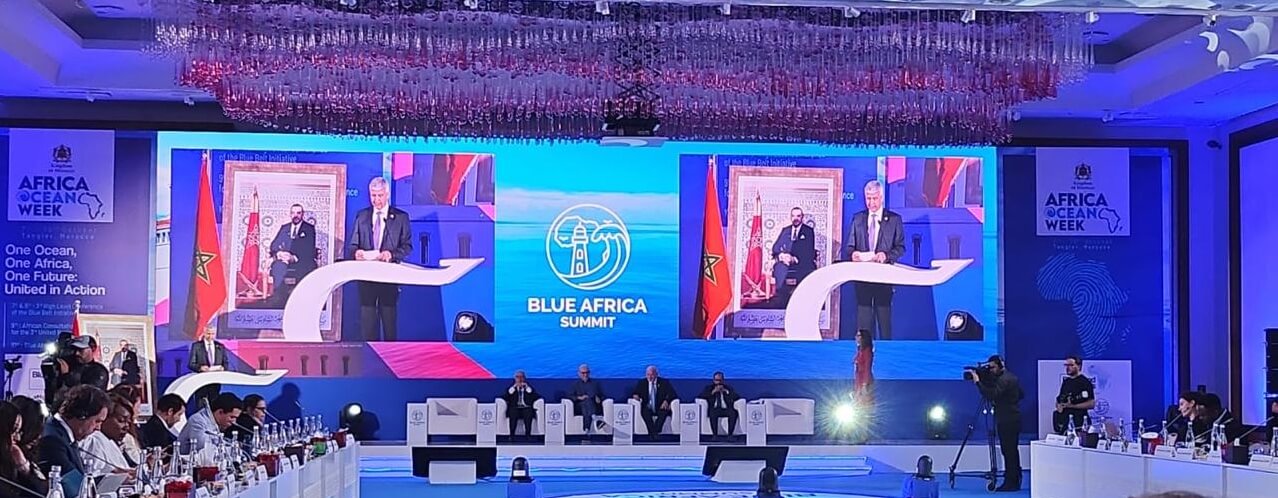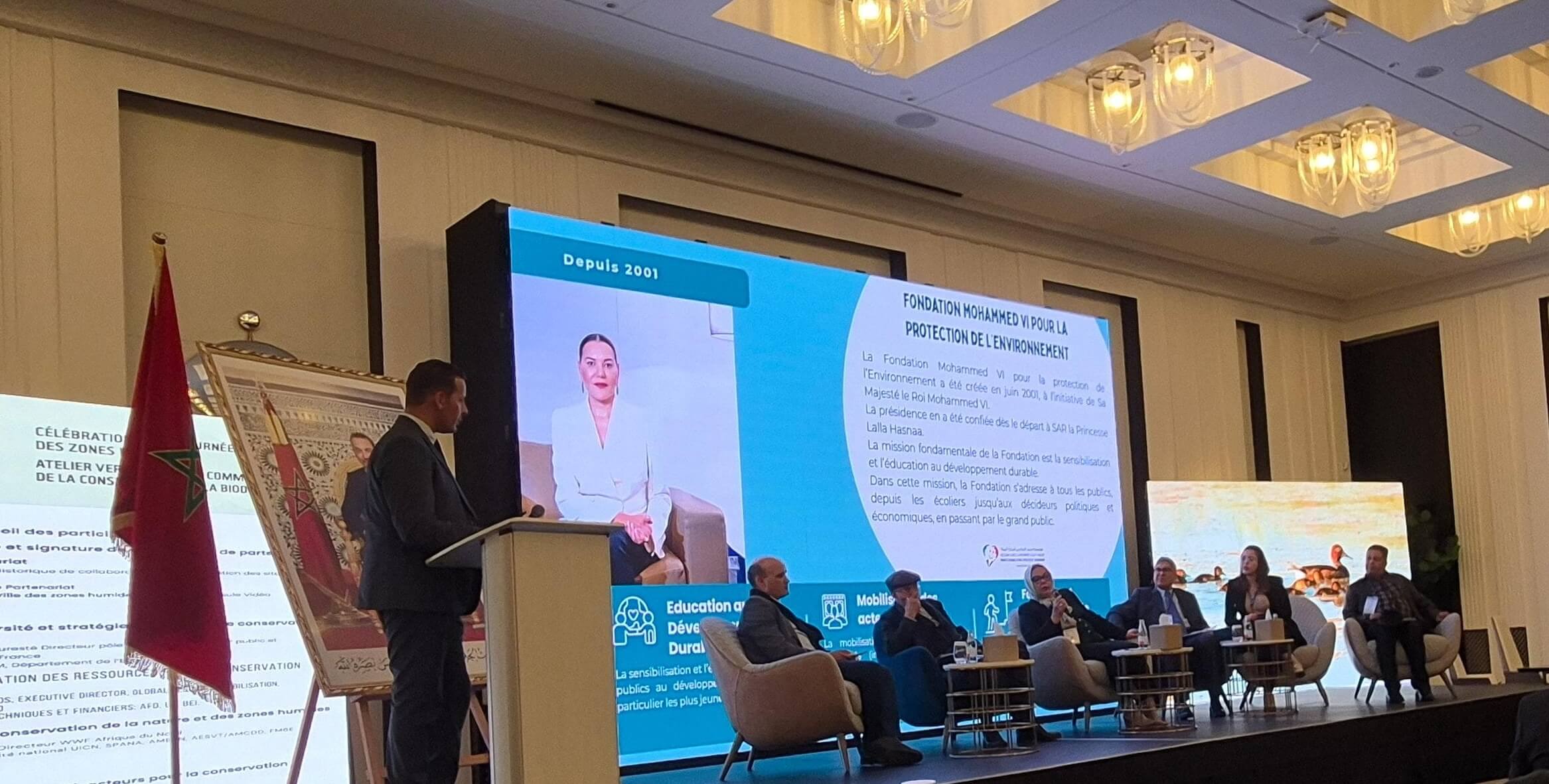
For its people and its golf courses, Marrakech treats its wastewater and no longer draws its water from groundwater.
Marrakech, the garden city, is a trompe l’oeil painting. Since its founding in 1062 by the Almoravids, it has continually looked further for its drinking water or water to irrigate its gardens, its famous Arsats and Riads. In the first centuries of its existence, water came from the Atlas Mountains thirty or forty kilometers away, which fed abundant groundwater that Arab hydraulic engineers recovered via an ingenious underground network of khettaras. Two major changes have come about during modern times.
The first change was to seek further below, by replacing the khettaras, now derelict and abandoned, with deep drilling for groundwater wells. ONEP, the National Office for Drinking Water, which has since merged with the National Office for Electricity had drilled many wells to supply the city with drinking water. Until 1983, 100% of the water consumed in Marrakech came from two neighboring aquifers, the Marrakech and Nfis.
With the growing city and with increasingly large groundwater withdrawls for agriculture, the water tables began an inexorable drawdown. With the construction of the Hassan I dam on the Oum-er-Rbia river during the early eighties, in 1984 ONEP, began to withdraw 40 million m3 per year from the 350 million m3 annual capacity of the dam distribution canal, with the rest going to agriculture.
Marrakech no longer pumps groundwater
This precaution was far from superfluous. Today, ONEP wells from the Nfis aquifer, which gave a flow rate of 1,800 liters per second in 1976, now provide a maximum of 400 liters per second, and some have even dried up. This situation was a catalyst to the completion of the dam in 2008 Ouirgane on the Nfis river, for an additional capacity of 17 million cubic meters per year, bringing the total capacity to 67 million cubic meters. This is a marginally sufficient increase, as Marrakech annually consumes 65 million cubic meters.
In the future, a water transfer over 150 km from the Oum-er-Rbia river and the Al Massira dam will bring an additional 70 million cubic meters per year, enough to cover the needs of the city until 2030. The distribution will also serve the communities of Benguerir and Sidi Bou Othman, and will provide industrial water supplies to the Office Chérifien des Phosphates (OCP). It will be operational in 2018. On this date, Marrakech will be fully supplied by surface water. It will no longer touch its groundwater, responding to state policy that aims to give priority to the mobilization of surface water over groundwater.
At the city limits, ONEP transfers the water distribution responsibility to RADEEMA, the public water and electricity entity for the city of Marrakech, to whom it sells bulk water. After an average water consumption growth of 5% per year from 2004 to 2007, with a peak at 8% in 2007, RADEEMA has focused on efficiency, including the performance of its network. Maintenance efforts and investments have reduced the yield of 62% in 2006 to 73% in 2012. These 11 percentage points are equal to 7 million cubic meters in water savings.
RADEEMA’s most proud achievement is its wastewater treatment plant. Less a year ago, market vegetables were grown with the raw sewage from the city in Oulja, an area covering several hundred hectares in the palm grove. The Tensift river, a dry river bed most of the year, served as a general collector of wastewater from a city that has reached 1.2 million people. Every day, 115,000 m3 of effluents were discharged into four points, including two into its tributary, the Yssil river, to head towards the Atlantic Ocean, 150 km away, drained by intermittent floods.
The situation was unsustainable. Expressed at the highest level of state, the willingness to resolve this critical issue for the Kingdom’s flagship tourist destination would accelerate the implementation of the plan to provide a wastewater treatment plant. RADEEMA, the public water and electricity distribution company for the city of Marrakech, is the contractor for this project initially estimated at 714 million dirhams.
This amount will increase to 1.2 billion dirhams when the state asks RADEEMA to provide for the irrigation of twenty golf courses from wastewater. The city, which only had three golf courses, has welcomed the development of 17 new golf course projects in recent years. This extension amounts to 486 million dirhams for the treatment of wastewater and its distribution via an 86 km aquaduct to the golf courses.
The golf courses are asked to participate in the treatment plant financing at 30 million dirhams each. The municipality, which authorizes projects, requires any new investor a 30-million dirham participation in the wastewater project. Developers have participated, even if they had no choice. It would have taken an equal amount to build a treatment plant for the golf courses. RADEEMA established a payment plan. Wastewater irrigation and not tapping into groundwater is also good for their image.
RADEEMA experienced more difficulty with the farmers who did not understand that the untreated wastewater with which they irrigated their fields would be cut. In protest, the farmers drilled into the new supply lines to the station, and took to the streets with all their families to demonstrate. A little authority and lots of outreach, and sometimes the other way around, helped to overcome the obstacle.
Today, the wastewater treatment plant has made Marrakech a model city in water treatment. A steady flow of visits by foreign delegations to the station, where researchers from the city’s Universities are also active. The plant produces 45% of its energy by recycling the methane from the fermentation of sludge. This is the first project to be certified under the Clean Development Mechanism by the United Nations, which helped enlist the project for sales of carbon credits on the global market.
The processing margin is still strong. Of the 33 million cubic meters of tertiary treatment for the golf courses, only 5 to 6 million m3 are now used. Also, once all of the 20 golf courses are operational, they will only require about 20 million m3. The balance of recycled water will thus be available for other projects, such as irrigating the palm grove from the conduit to the golf courses, a project that is followed closely by the Mohammed VI Foundation for Environmental Protection.
Two connections have already been made in the West (in Oulja) and East (in Abied) of the palm grove. Secondary networks from storage basins will irrigate up to 1,000 hectares of drip irrigation or channel irrigation (seguia), following an investment of 40 million dirhams for the first phase, and 100 million dirhams in total.
Another pilot project, funded by FAO and led by the High Commission for Water and Forests, aims to use the water collected on the golf courses’ conduit to irrigate a nearby forest, and meet the expectations of the urban population in search of recreational areas. If successful, this pilot project would be replicated in other cities, mobilizing treated wastewater.
Lastly, 35 million cubic meters of water treated at 60% is now transferred into the Tensift river, while waiting new projects. But the wastewater treatment plant, reversing the order of things, has opened a world of possibilities for the greater good of the environment.

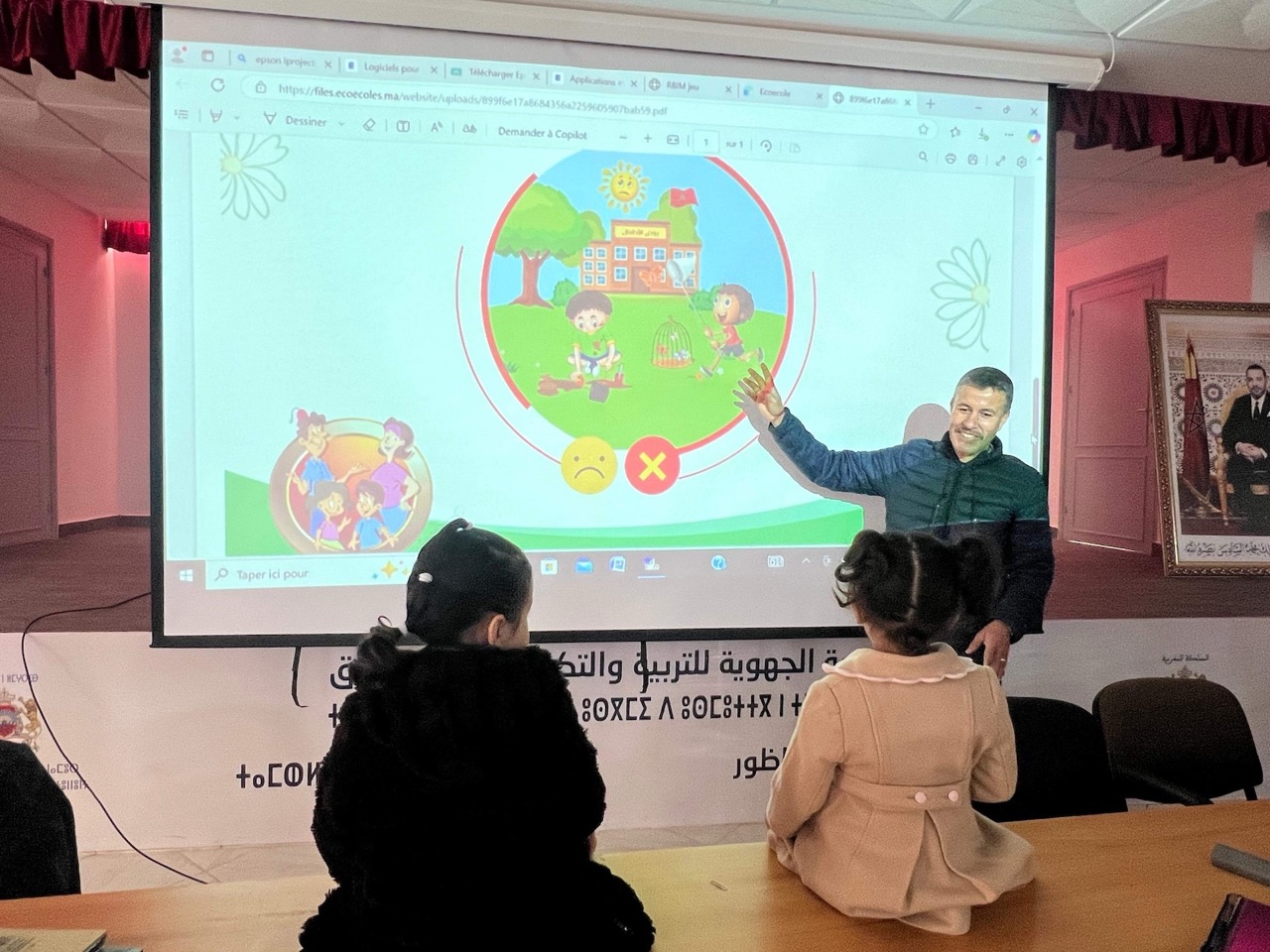
Provincial Workshop in Nador for Capacity Building in Education for Sustainable Development for the Eco-Schools & and Young Reporters for the Environment Community
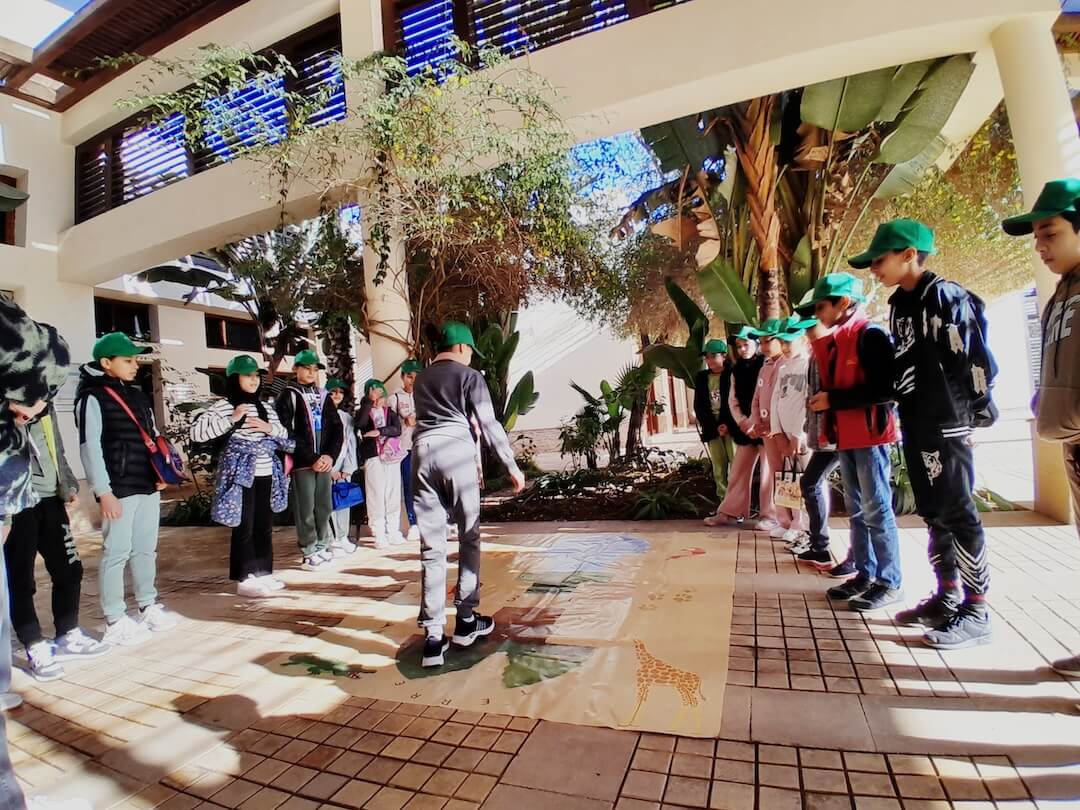
Exploring Biodiversity: Eco-School Students on a immersive journey Through Rabat’s Zoological Garden
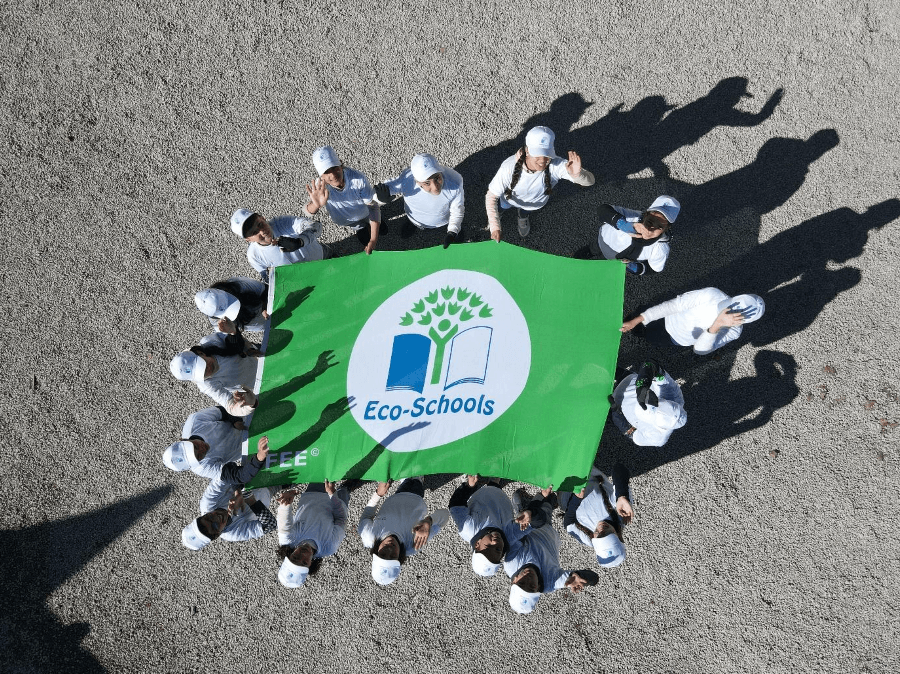
90 Green Flags Awarded for the 2023/2024 School Year
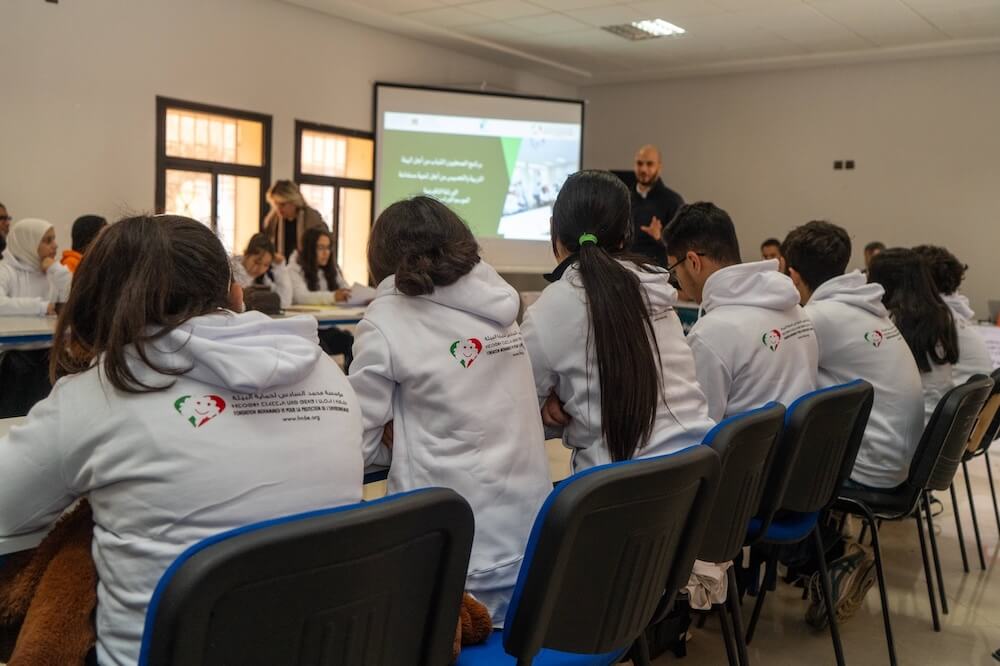
Enhancing Education for Sustainable Development: Launch of Regional Workshops for the Training and Capacity Building of the Educational Community for the 2024-2025 School Year
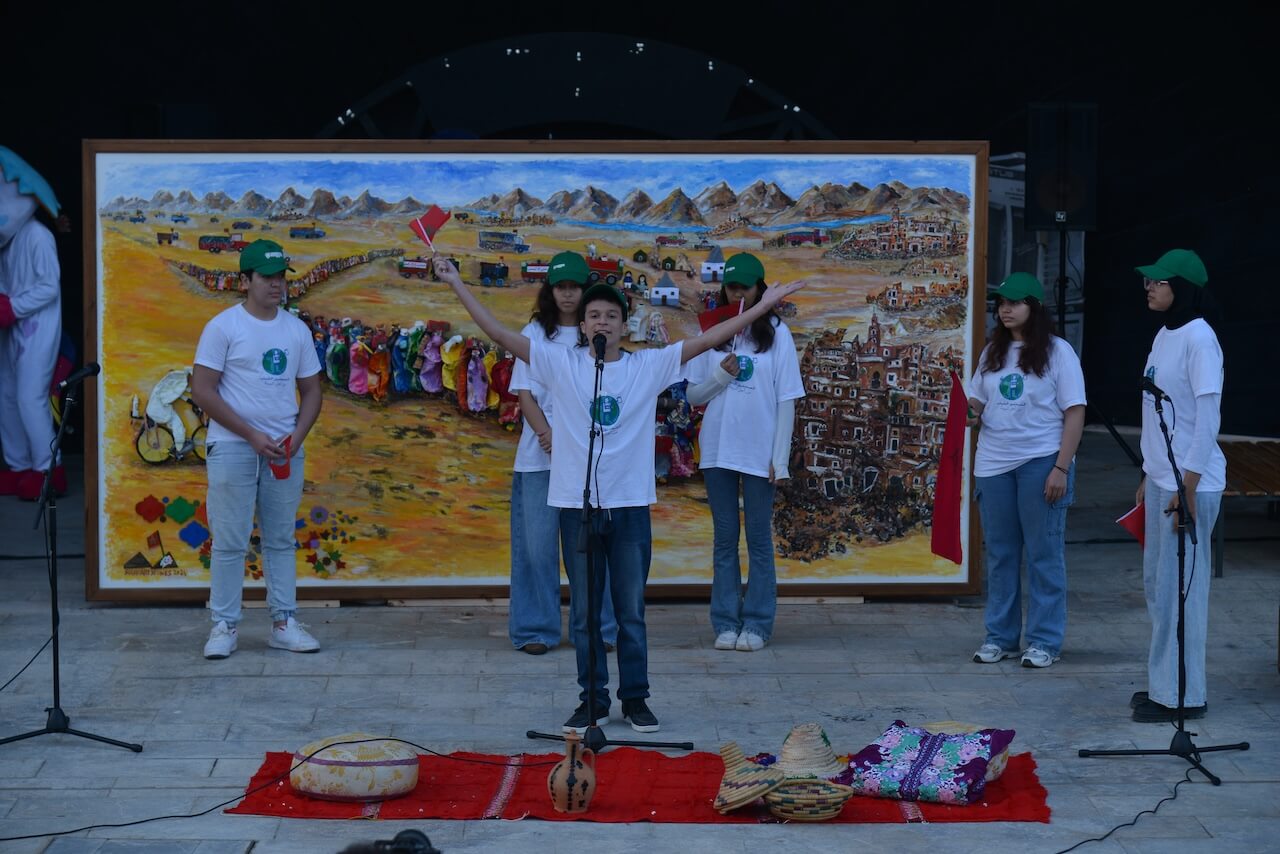
National Training Workshop for Coordinators of Education for Sustainable Development: Driving Innovation and Digitalization for Change, with the Restitution Ceremony of the Solid’Art Jeunes Project
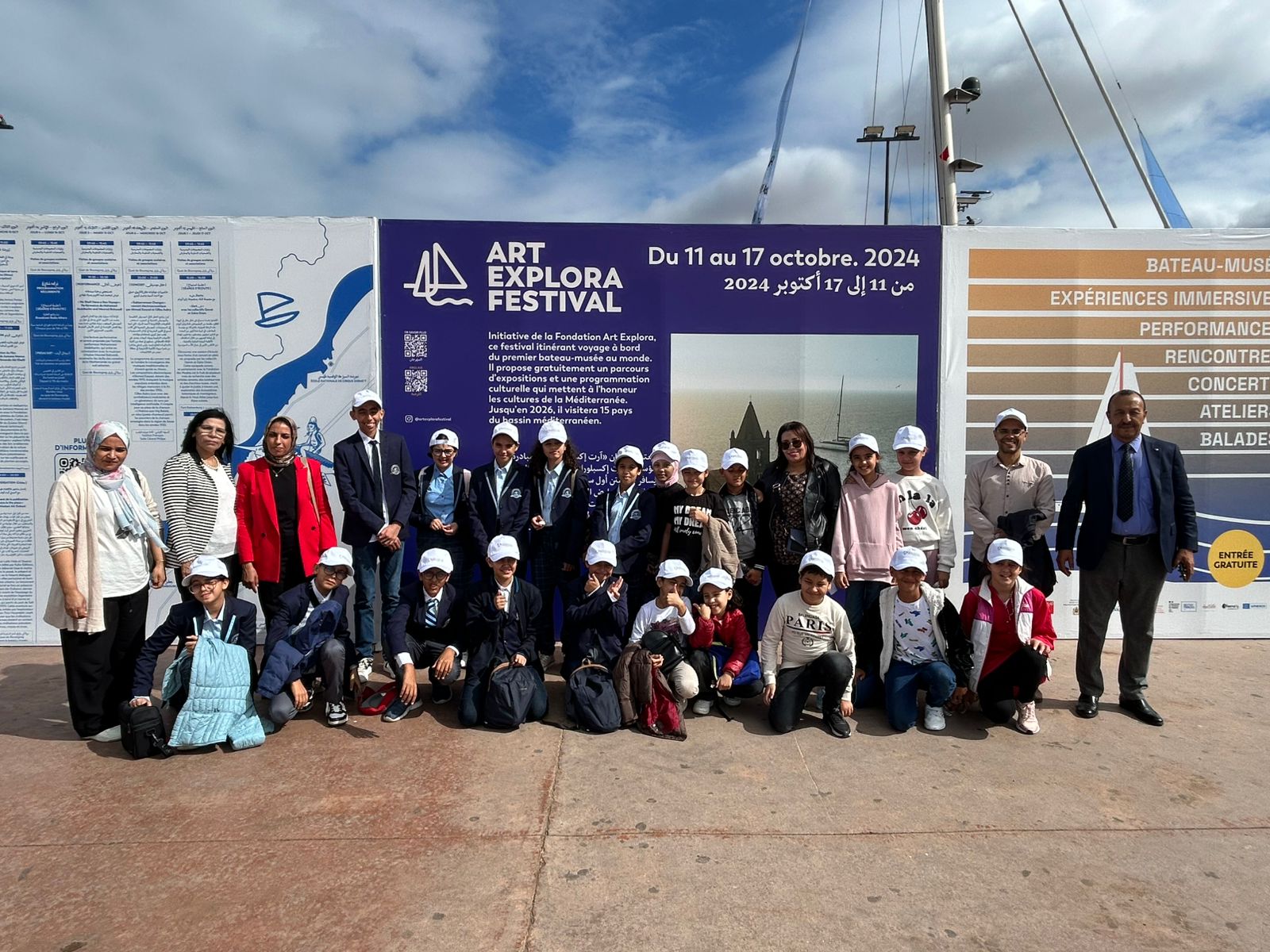
Sustainable Creativity: Eco-Schools and Young Reporters for the Environment dive into the World of ArtExplora in Rabat
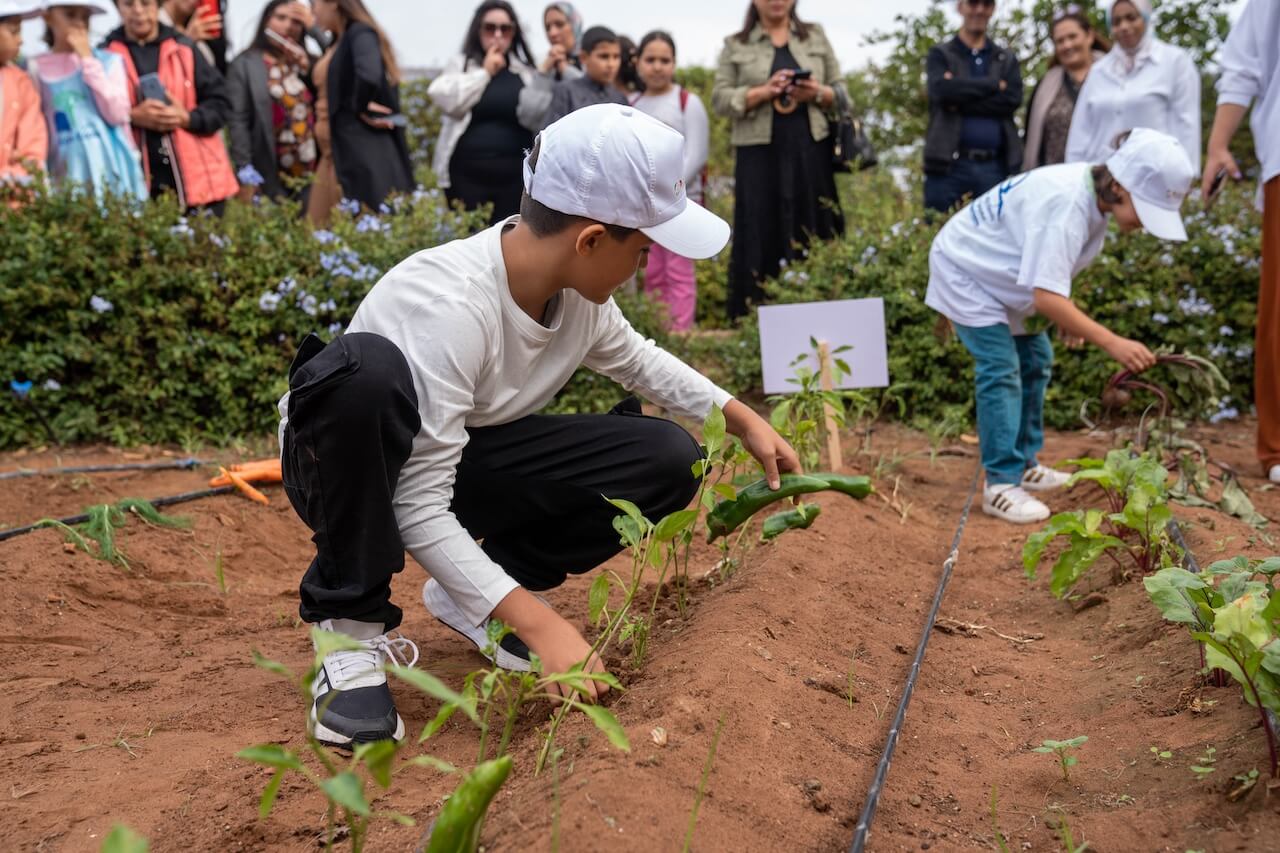
World Food Day
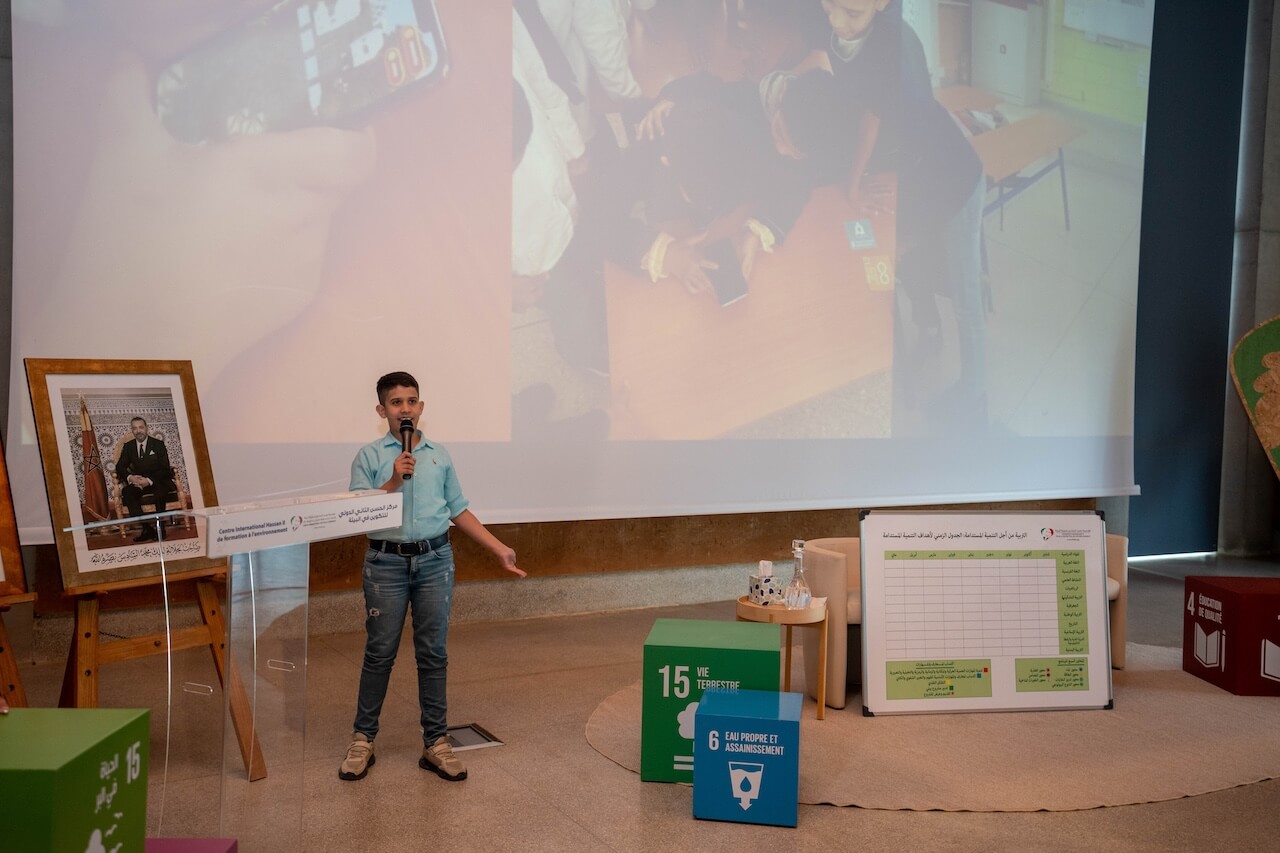
World Environmental Education Day
